Air Sealing and Insulation
Keep the heat in during the winter, and hot, humid weather out during the summer.
Improving the air sealing and insulation in your home is one of the most effective ways you can lower your heating and cooling costs, enjoy year-round comfort, and get your home ready for modern, energy-efficient appliances.
Common places for
contractors to air seal*:
- In the attic
- Around doors and windows
- Where chimneys and
plumbing enter the home - Where exterior walls
meet floors or ceilings - Around electrical receptacles
(like ceiling lights and outlets) - Where ventilation enters the home
*Usually done prior to insulating.
Common places for
contractors to insulate:
- Attic and attic door
- Exterior walls
- Foundation walls
(especially above ground level) - Floors
(depending on how your
home is constructed) - Air ducts (if you have them)
Your contractor will inspect and upgrade these common problem areas when air sealing and insulating your home.

Combine air sealing and insulation improvements with new energy-efficient doors and windows to have an even more comfortable home — and save even more money.
Learn More About Air Sealing & Insulation
Dollars & Sense
- Incentives. Get incentives and professional help to make your home more efficient, comfortable, and healthy. Income-eligible households may qualify to have 100% of the cost of upgrades covered.
- Federal tax credits. Cover 30% of the cost for your project, up to $1,200 per year.
- Low-interest loans. Get loans starting at 4% to help finance your project.
- Save money on your energy bills by reducing energy loss and drafts.
Benefits & Considerations
- Comfort: Get rid of drafts, cold floors, stuffy rooms, and other comfort problems in your home.
- Savings: Lower monthly energy bills by preventing energy loss.
- Health: Improve air quality by keeping allergens, dust, and pollutants out of your home.
- Protection: Protect your home against water damage that can cause mold and mildew.
- Resilient: A professionally air sealed and insulated home will stay warm for hours, even during a power outage.
Questions for Your Contractor
- Are you licensed and insured to do air sealing and insulation work in my town?
- Where is air leaking from my home?
- What areas of my home would benefit most from air sealing and insulating?
- Does my home need air sealing work done prior to insulation being installed?
- What are the current insulation levels in my home?
- What product is best for air sealing my home (e.g., basic spray foam, silicone, acrylic latex caulk)?
- What product is best for insulating my home (e.g., fiberglass, cellulose, spray foam)?
- What R-value (thermal resistance) should the insulation in my home be?
- What warranty or guarantee do you provide for your products and work?
- Would you recommend completing any other weatherization projects, like installing new windows and doors?
- Can you please provide references?
Find a qualified contractor to help you with your air sealing and insulation project.
Frequently Asked Questions: Air Sealing
What areas of a home are the most important to air seal?
Some of the most common air leakage points are in attics, basements, and around doors and windows.
What air sealing product should I use?
There are multiple products to better seal your home, such as basic spray foams and silicone or acrylic latex caulk. To find out what product is best for your home and the problem area, we recommend talking to your local hardware store or a qualified contractor.
What are common ways to air seal?
The most common place your home loses energy is through your attic. Professionally air sealing your attic can help significantly with heat loss. Other simple and temporary air sealing techniques include caulking and weatherstripping. Caulk is generally used for cracks and openings between stationary home components (door and window frames). Weatherstripping is used to seal components that move (doors and operable windows).
Is it better to DIY air sealing or hire a contractor?
There are many smaller, simple steps to air seal your home that you can take. However, to achieve the greatest savings, we recommend hiring a professional contractor. Contractors can look at air sealing your home more holistically and provide the most energy savings.
Frequently Asked Questions: Insulation
What areas of a home are the most important to insulate?
Any surface in your home that separates the interior from the exterior (or unheated spaces like garages or crawl spaces) should be insulated. Common areas include your home’s outer walls, basements, roof, and around your doors and windows.
What is the most effective type of insulation?
There are many common options for insulation materials — fiberglass, cellulose, spray foam, cotton, and wood. Your qualified contractor can help you learn more about the pros and cons of different insulation products and which one will be right for your home.
Learn more about the pros/cons of different insulation products.
How is insulation material measured?
Insulation material is rated by its thermal resistance or R-value and by the inch. If you have existing insulation, you may need more. It’s best to consult a NYSERDA participating contractor to determine the best type of insulation and the R-value your home needs.
Is it better to DIY insulation or hire a contractor?
There are many smaller, simple steps to insulate your home that you can take. However, to achieve the greatest savings, we recommend working with a NYSERDA participating contractor and making sure your home is properly air sealed as well. Having your whole home professionally air sealed and insulated provides the most energy savings and comfort.
U.S. Department of Energy Air Sealing Guide
Learn more about air sealing, how it works, and how it can help you save.
U.S. Department of Energy Insulation Guide
Learn more about insulation, how it works, and how it can help you save.
Inflation Reduction Act
Learn how federal tax credits and rebates are helping New Yorkers insulate.
MyEnergy
MyEnergy is New York State’s home energy upgrade planning tool that’s designed to maximize your financial savings, streamline home energy projects, and help you discover the benefits of going electric.
NYSERDA Weatherization Programs
Get incentives and professional help to make your home more efficient, comfortable, and healthy.
Where Air Sealing & Insulation Fit in Your Path to a Clean, Efficient, and Comfortable Home
Air sealing and insulation are an important early step to prepare your home for energy upgrades. Make the most of your upgrades when you start by preparing your home, then explore cleaner, more efficient options.
Get Your Home Ready
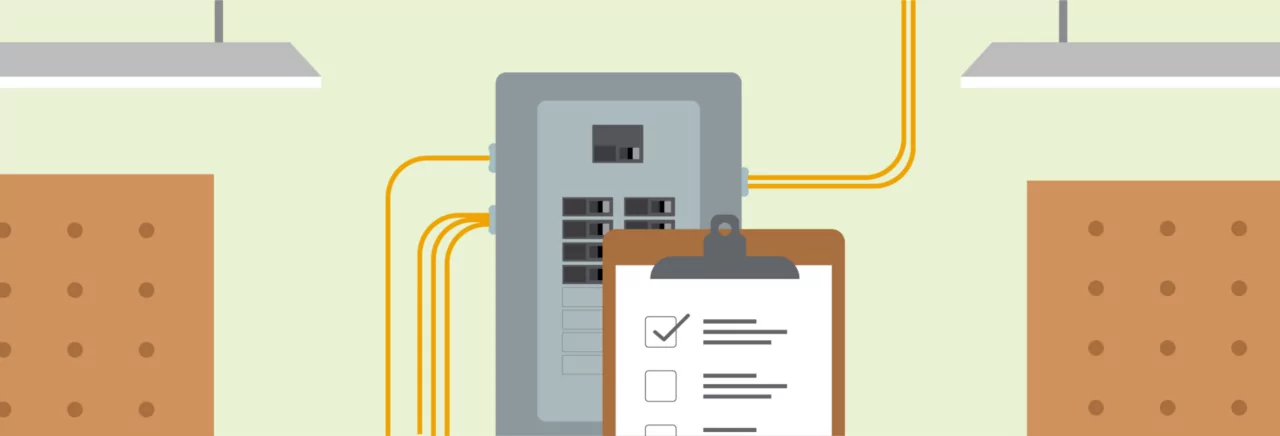
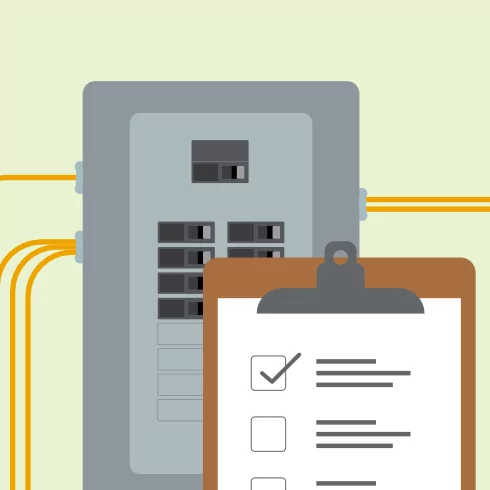
Choose Electric Appliances & Equipment
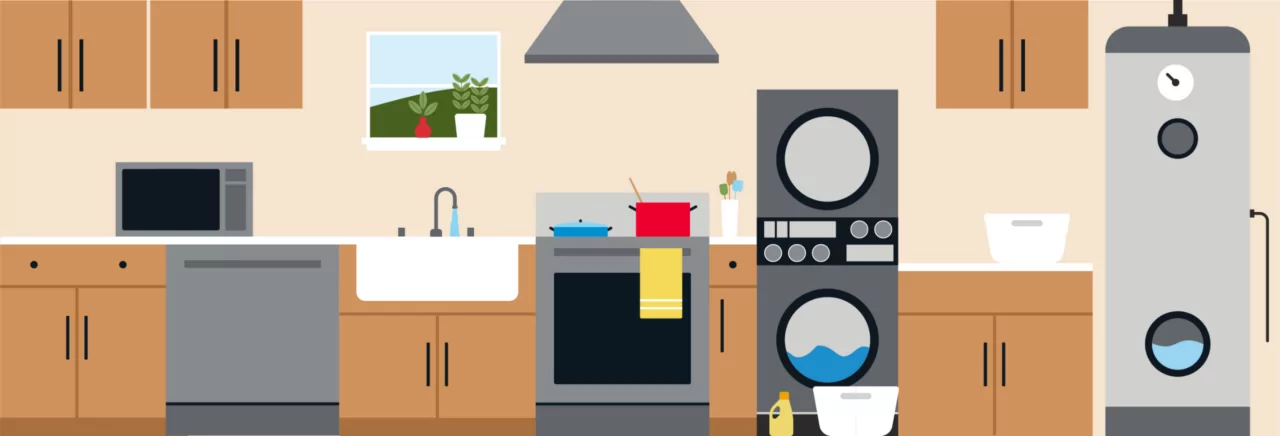
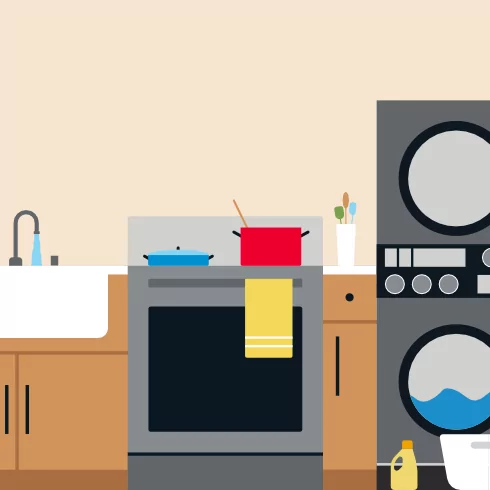
Drive Electric & Go Solar
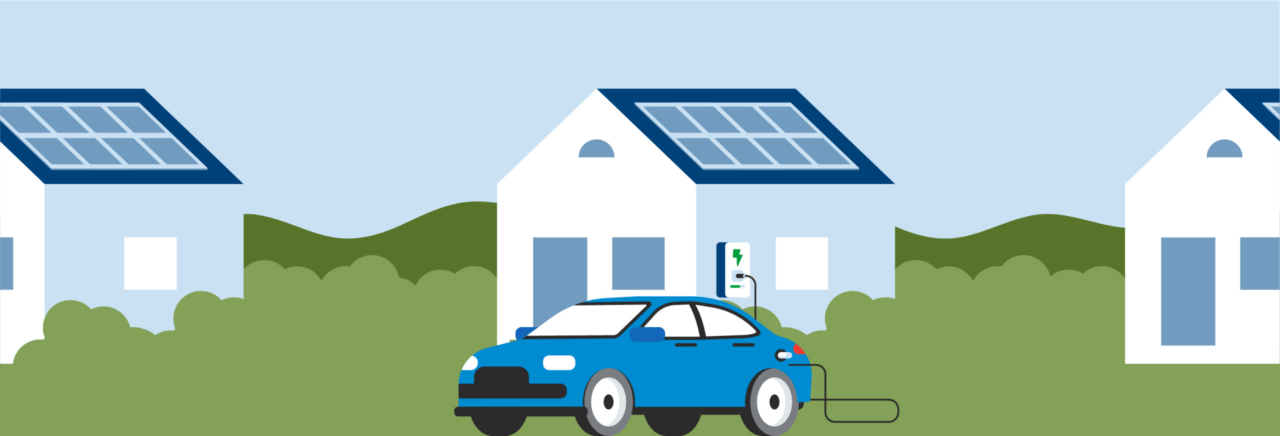
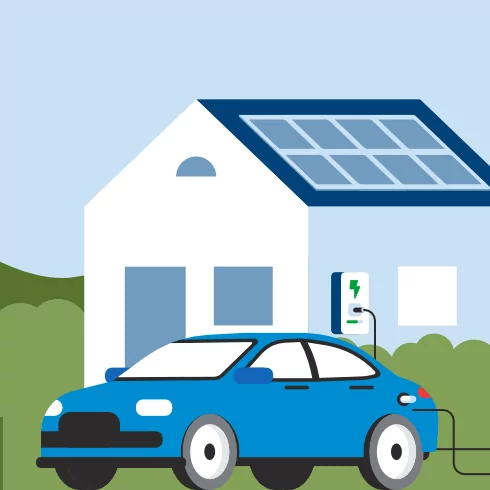
Get Started with a Free Home Energy Assessment
Weatherization starts with a no-cost home energy assessment. You’ll work with a NYSERDA participating contractor to find all of the hidden places your home is wasting energy, then get financial incentives to help pay for fixing it.
